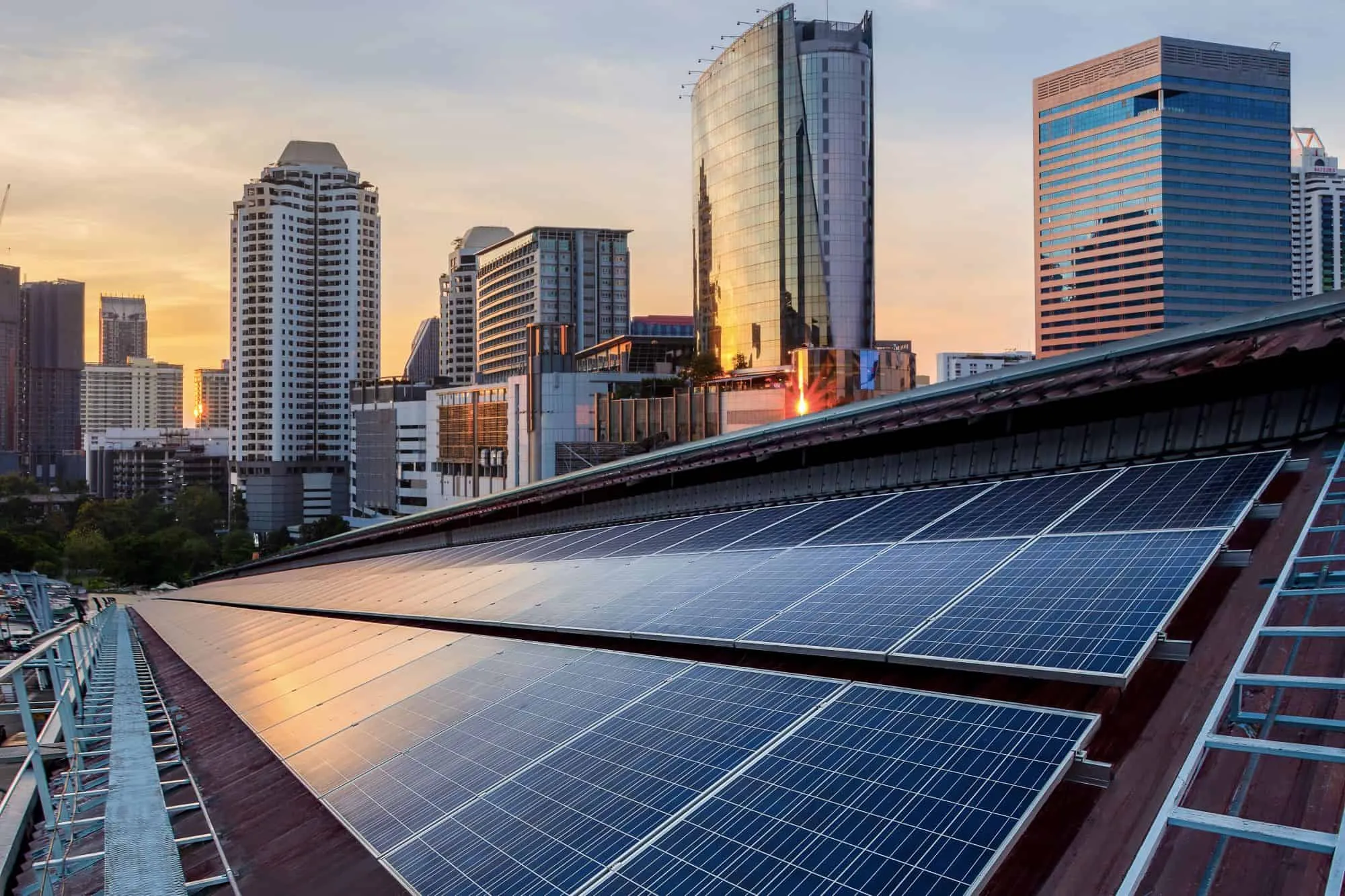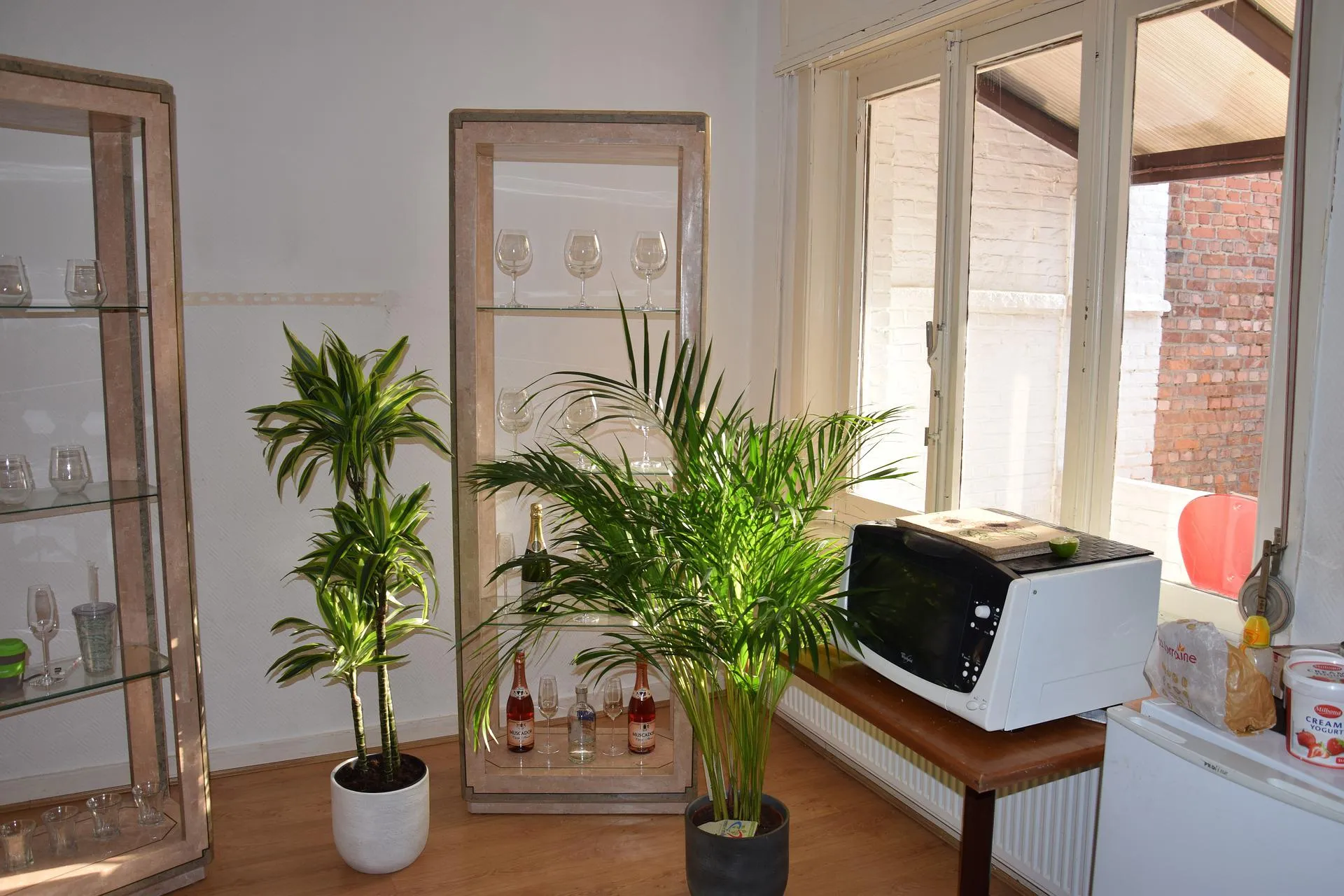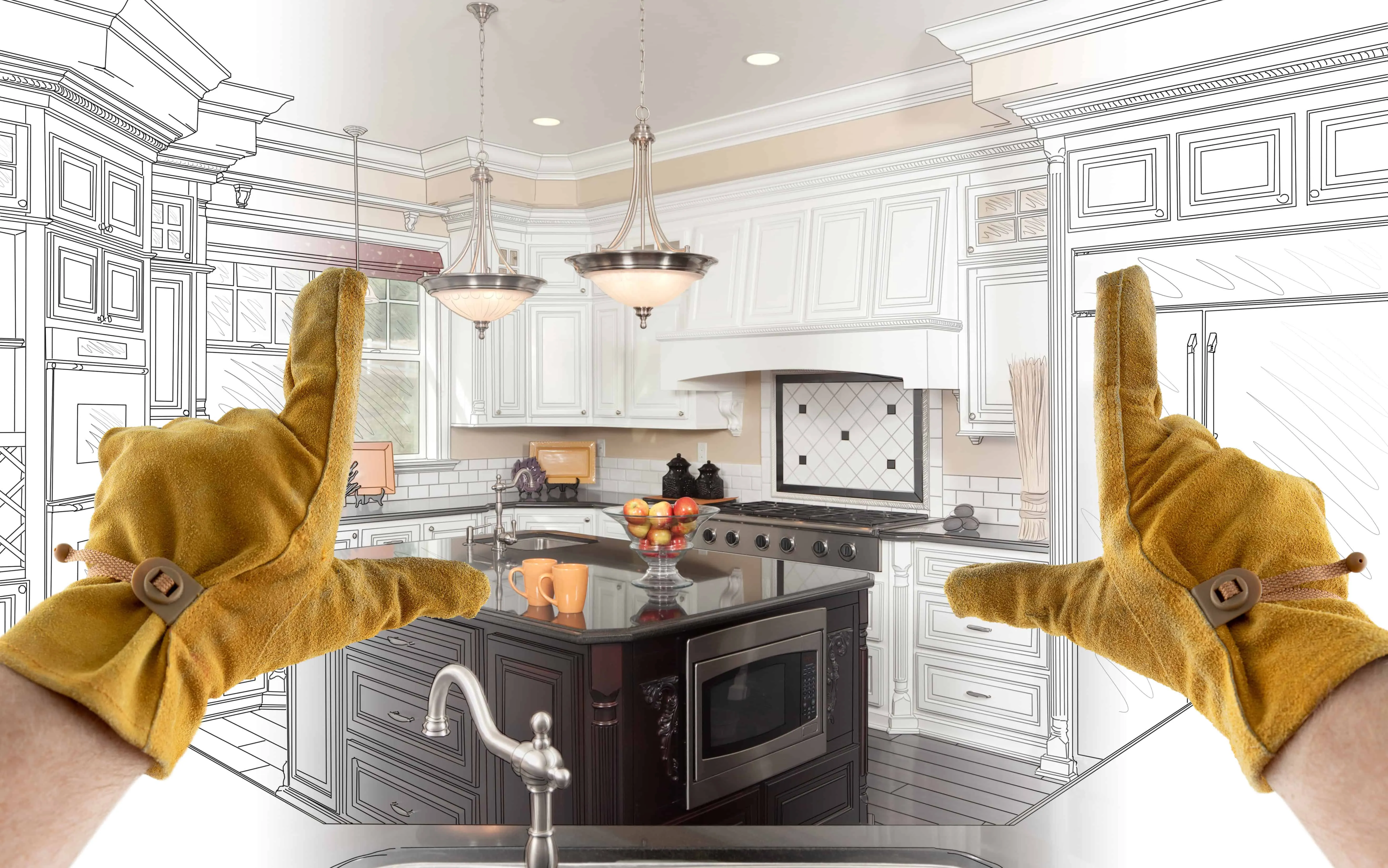There can be your advertisement
300x150
How to Prevent Collapse of a Damaged House
No one wants to wake up in the middle of the night and find that their house is falling down. Unfortunately, this is a reality many homeowners have faced due to damaged foundations or other structural issues. Therefore, it's important for all homeowners to know how to prevent collapse of a damaged house before disaster strikes.
Here are the six most common causes of foundation damage and what you can do as a homeowner to protect your home from these threats, plus the best tips for regularly inspecting your house for signs of damage and what steps to take if you suspect a foundation or structural problem. Read on!

Start with the Foundation
Your home's foundation is the most critical structural element that keeps your house in place. Therefore, it's important to ensure that the foundation is solid and well-maintained. One of the most common causes of structural damage is water infiltration or seepage into the foundation, which over time can cause cracks. To prevent this, you should waterproof the basement, exterior walls, and any other areas where water can penetrate into the structure. Also, be sure to review examples of foundation repair in Detroit to see how other homeowners restored their structures and prevented further damage. Additionally, regularly inspect the foundation for cracks, signs of water infiltration, and other damages.
Roof
Your roof is another key element of your home's structural integrity and can easily be damaged with improper maintenance. Make sure you have it professionally inspected regularly, as a professional will be able to spot weakened or missing shingles. In addition, check gutters regularly for clogs and proper water runoff from the building. If your roof is over 10 years old, consider a full replacement with more durable materials such as metal or tile.
Of course, it's also important to remove snow or ice from the roof during winter months as their weight can cause serious damage when accumulated.
Soil and Landscape
The soil around your home is another important element to pay attention to. Make sure that trees or large shrubs are not growing near the house, as their roots can damage the foundation and walls over time. Additionally, check for soil erosion or water pooling near your home — if present, immediate action should be taken to address the issue. If you live in an area with clay soil, regularly inspect it for signs of expansion or contraction, as this can cause serious structural problems without proper monitoring.
Strength of Reinforced Concrete
Reinforced concrete is an extremely strong material that can protect your home from structural damage. Consider pouring reinforced concrete around the foundation or walls of your house, as this creates a barrier between them and external factors such as water or soil erosion. Additionally, consider installing steel beams in the basement and mechanical floor for increased strength and stability. Some structural damages such as settling can be prevented by installing a reinforcement system. Advantages of reinforced concrete include:
- Increased strength — reinforced concrete is stronger than regular concrete due to the addition of steel rebars mixed in during production. This makes it more resistant to cracking and other forms of weather-related or movement-induced damage.
- Higher fire resistance — reinforced concrete is much more fire-resistant than regular concrete. It has a higher melting point and better heat resistance, making it an ideal material for use in areas with high fire risk.
- More efficient construction — using reinforced concrete speeds up and streamlines the building process, as no additional forms or supports are needed. This often leads to lower overall construction costs when using reinforced concrete.
Reinforcement with Columns
Another way to strengthen your home's structure is by installing columns. Columns can be installed both inside and outside the house, providing additional support to walls and other structural elements. This can help prevent wall damage caused by soil settling or water infiltration. Furthermore, you can use columns as aesthetically pleasing architectural elements that make your home even more attractive.
Beams are also an option, but they tend to be more expensive than columns. Depending on the type of column and its purpose, installation can range from simple wall attachment to bolting or screwing. If you're looking for a more permanent solution, concrete piles may be the best choice.
Regular Inspections — Key to Safety
Finally, regular inspections are essential for keeping your home safe from structural damage. Call a professional every few years to thoroughly inspect your house — this will allow them to identify potential problems and help you take preventive measures before they become serious issues. This saves time, money, and a lot of hassle in the long run.
Caring for your home's structural elements may seem daunting, but it doesn't have to be a complicated task. With some research and planning, you can ensure your home's safety from potential damage while maintaining its beauty for many years.

Structural damage to your home is one of the worst things that can happen, and it's important to be aware of potential risks so you can take preventive measures. Water infiltration, roof problems, soil erosion, and even simple wear can contribute to structural damage if not addressed in a timely manner. Regularly check your home for signs of damage or weakening structure, and consult with a professional when needed.
Additionally, consider installing reinforcements such as reinforced concrete or steel beams for added protection. With these tips, you can help ensure your home's safety and longevity!
More articles:
 How to Integrate Solar Panels into Building Design
How to Integrate Solar Panels into Building Design How to Integrate Biophilic Interior Design
How to Integrate Biophilic Interior Design How to Add Earth Tones to Your Home
How to Add Earth Tones to Your Home How to Add Color to Your Kitchen Renovation Plan
How to Add Color to Your Kitchen Renovation Plan How to Combine Old and New Elements in Interior Design
How to Combine Old and New Elements in Interior Design How to Implement Sustainable Practices in Architectural Projects
How to Implement Sustainable Practices in Architectural Projects How to Add Warmth and Sophistication to Your Kitchen
How to Add Warmth and Sophistication to Your Kitchen How to Integrate a Small Apartment into Pristine Nature
How to Integrate a Small Apartment into Pristine Nature